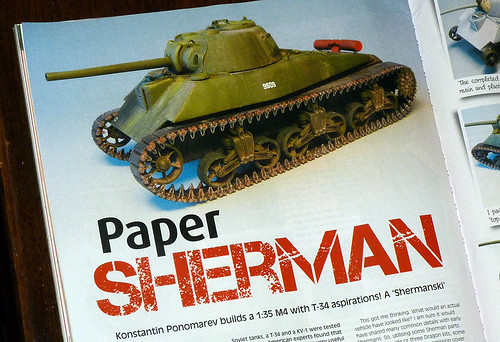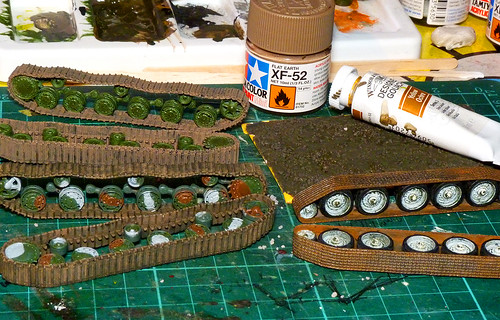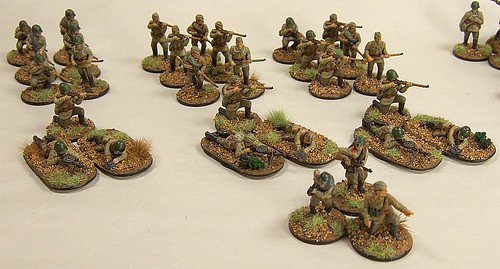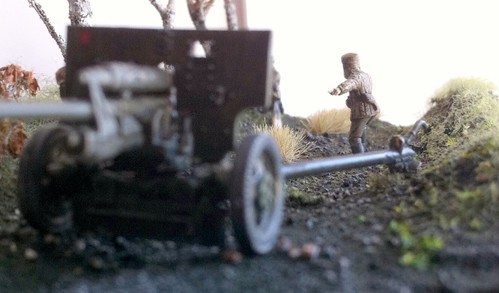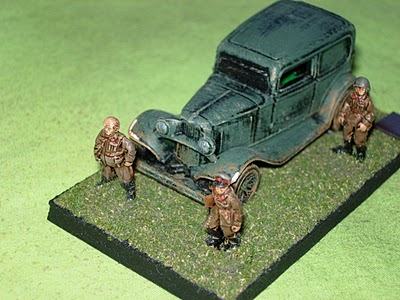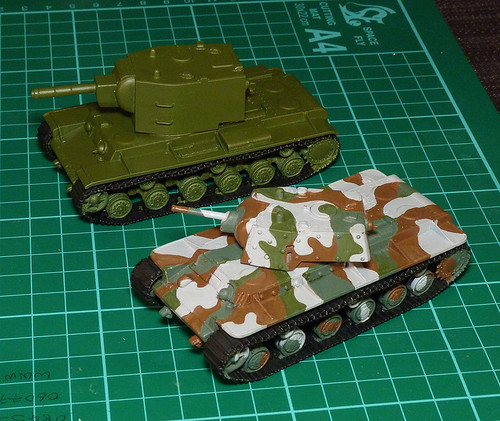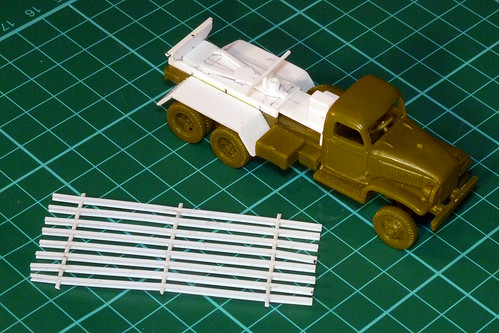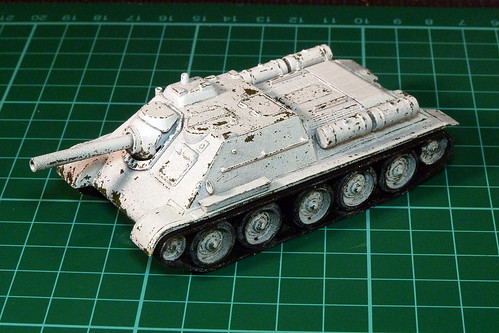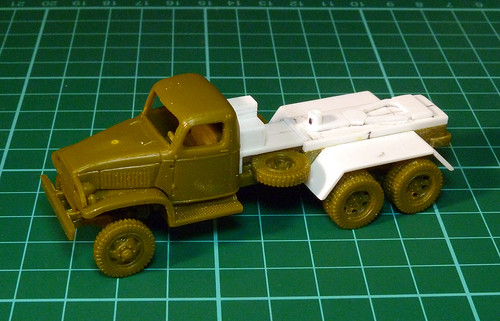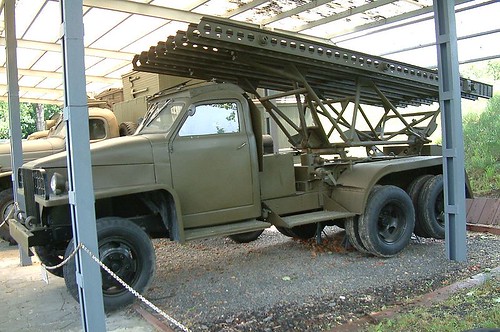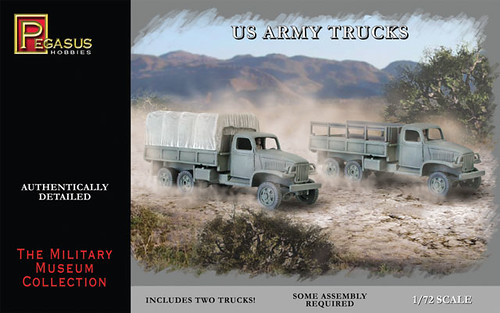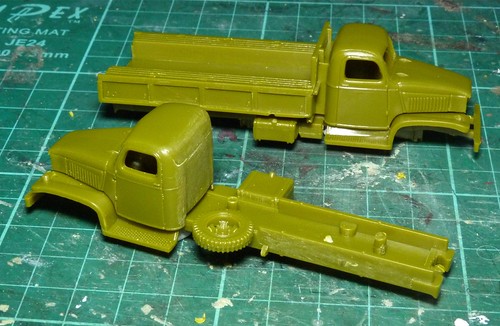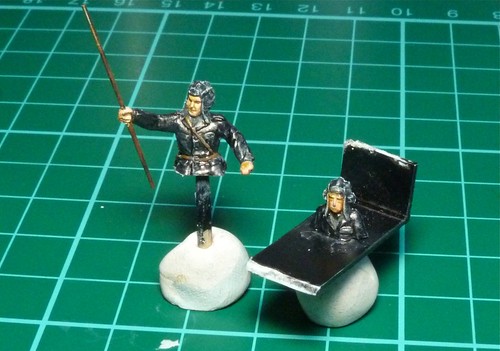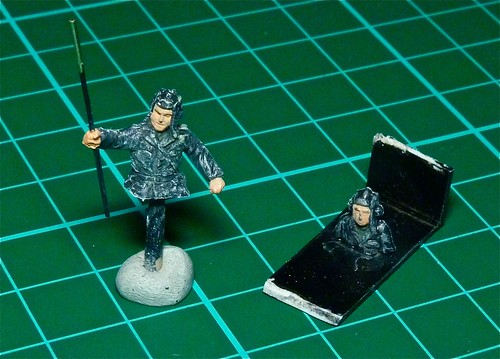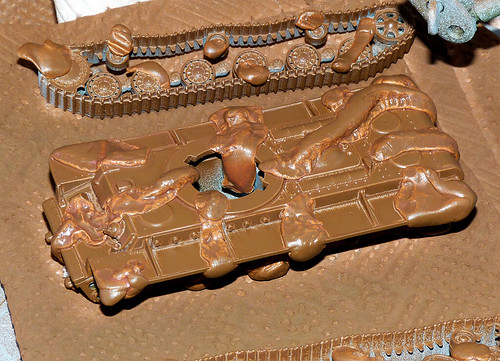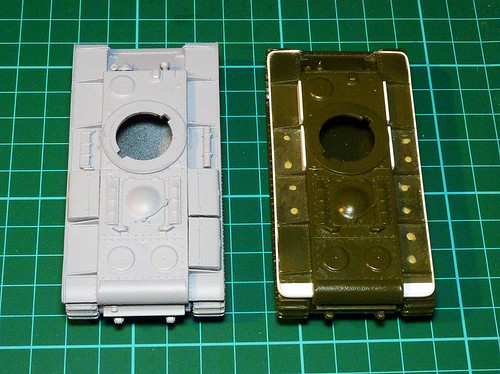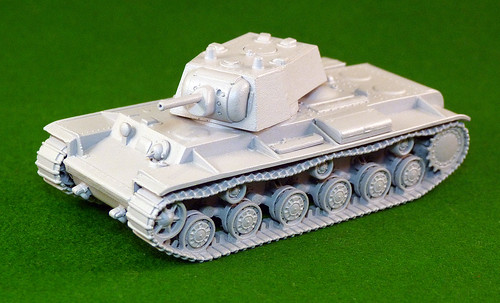"The 10.5 cm leFH 18 was the standard divisional field howitzer used by the Wehrmacht during the Second World War. It was designed and developed by Rheinmetall in 1929-30 and entered service with the Wehrmacht in 1935. Generally it did not equip independent artillery battalions until after the Battle of Stalingrad in 1943. Before 1938 the leFH 18 was exported to Hungary and Spain. 53 were also exported to Finland, where they were known as 105 H 33. 166 leFH were exported to Bulgaria in 1943 and 1944 (until February 1st, 1944)[1] Sweden purchased 142 leFH 18 howitzers from Germany between 1939 and 1942, designating it Haubits m/39. It was decommissioned from Swedish service in 1982." [Wikipedia: 10.5 cm leFH 18]
Photo source: Wikipedia
Now, what interests me about this big beast is that it was exported to Finland. I've been getting quite interested in the role of Finland during WW2 and have already made a Finnish KV-1 and what to build more models in Finnish colours, so this gun might make a good artillery piece for this little army.
In any case it shows excellent marketing judgment by Armourfast in a very competitive arena. I am liking thier lateral thinking and hope they apply this same inginuity in choice of models to Soviet or British arms and armour (a big Soviet 152mm or British 5.5 inch gun would be very nice thank you).



